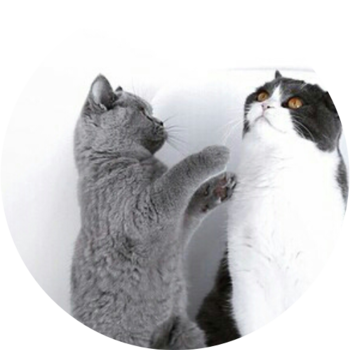What is dynamic equilibrium?
1 Answer
A state of equilibrium in which the forward and backward reactions are occurring at the same rate with no net change.
Explanation:
To illustrate dynamic equilibrium, let's take a look at this reaction:
In this reaction, nitrogen gas and hydrogen gas are in a dynamic equilibrium with ammonia gas.
- When
#N_2# and#H_2# are first placed into a reaction vessel, they will begin to react to form#NH_3# . The rate of the forward reaction,#N_2(g) + 3H_2(g) -> 2NH_3(g)# , is high. - However, eventually,
#NH_3# will start to reform#N_2# and#H_2# .
The rate of the backward reaction,#2NH_3(g) -> N_2(g) + 3H_2(g)# , begins to rise. - Eventually, the rates of the two reactions will be the same. Equilibrium has been reached.
We should remember, though, that this is a dynamic equilibrium!
This means that, although it may seem like nothing is happening (because the concentrations of the reactants and products essentially stay constant),
It's just that the rates at which they do this are the same.
So, although reactions are occurring, there is no net change.

